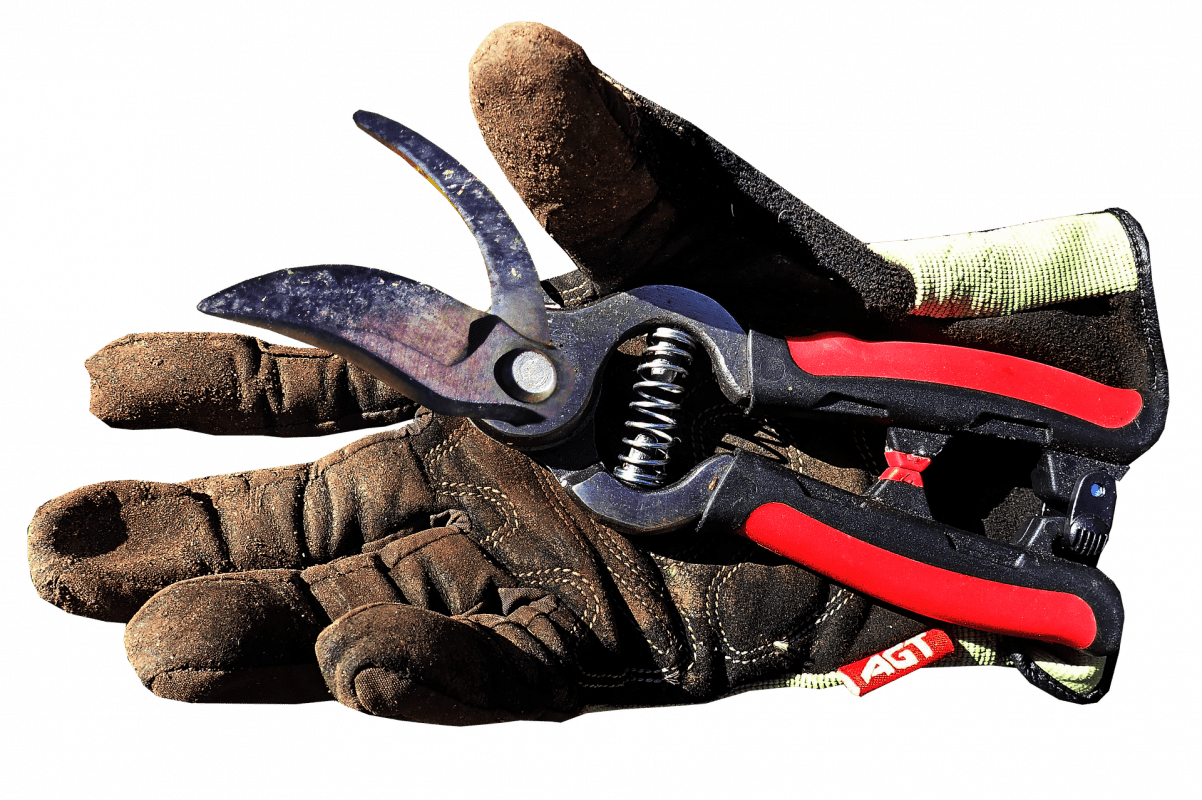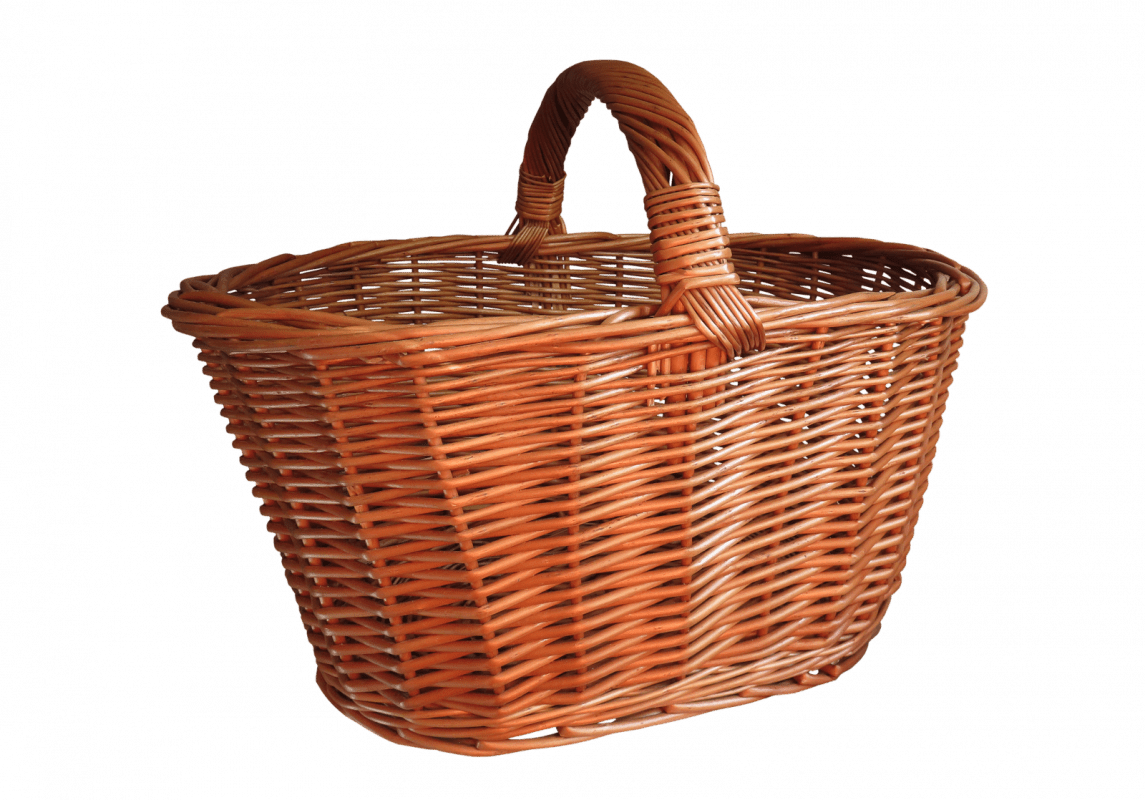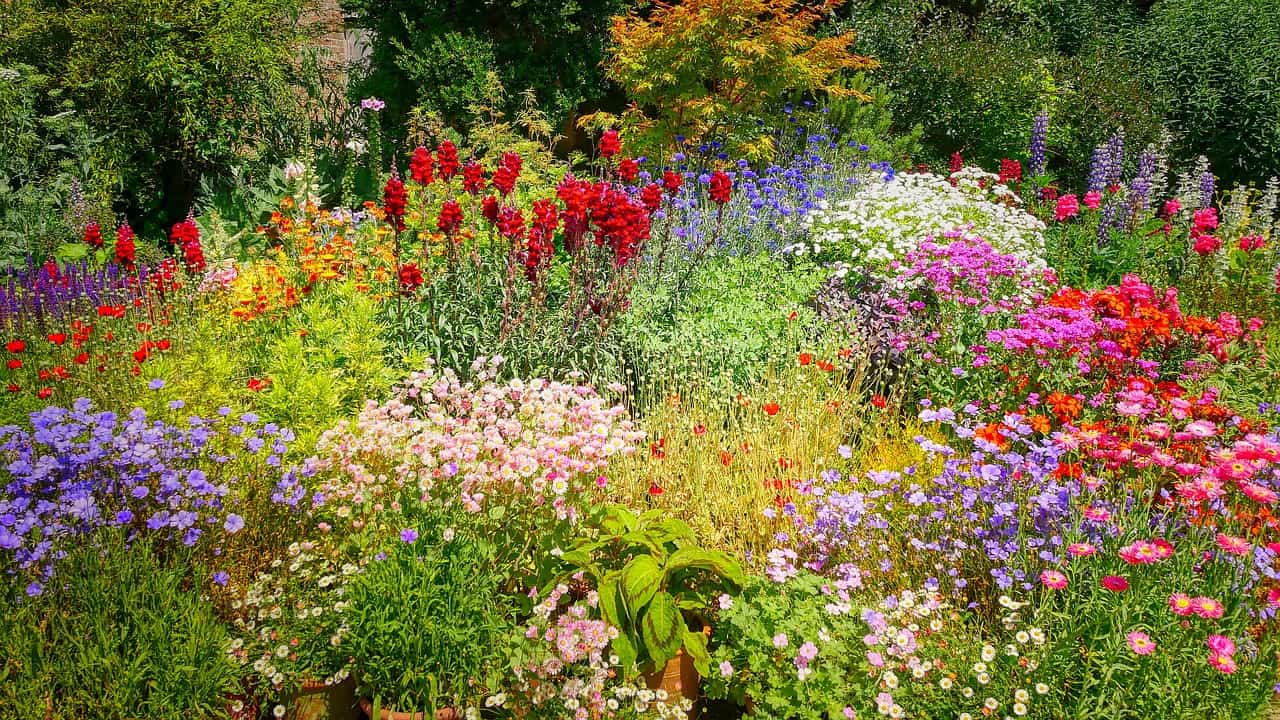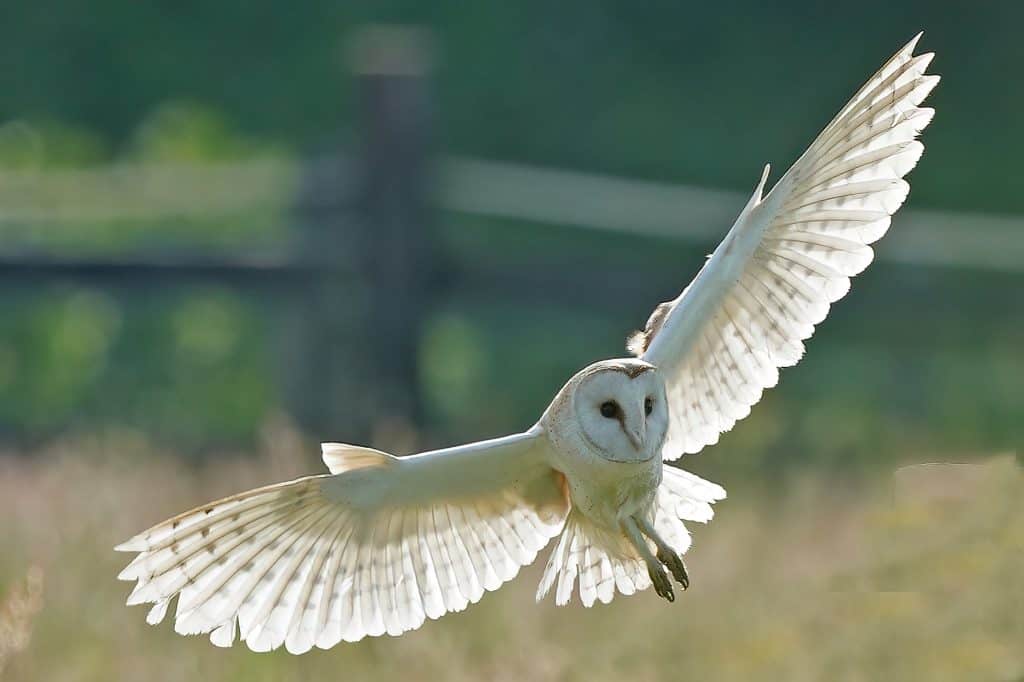Barn Owl
Tyto alba
RSPB Conservation Status – Amber
Last seen – 29-11-22
Barn Owls have a pale, golden-brown back and wings, with a white chest and belly.
They are easily recognized by their heart-shaped facial disc, which is a pale colour and surrounds their dark eyes. These birds have long, slender legs and sharp talons for hunting.
Male and female birds look similar, but females tend to be slightly larger.
Barn Owl Facts
Population – Between 4000 and 14000 breeding pairs
Length – 33 to 39 cm
Wingspan – 80 to 95 cm
Weight – 250 to 350 g
Breeding
Breeding success depends on the amount of food available.
Barn Owls typically mate for life and will return to the same nesting site year after year.
They usually lay their eggs in late April or early May and have a clutch size of between 4-7 eggs.
The female incubates the eggs for around 30 days, while the male provides food.
Once the chicks hatch, they are fed by both parents and fledge at around 8-10 weeks of age.
Habitat
Barn Owls can be found in a range of habitats, including open countryside, farmland, woodland edges, marshes, and grasslands.
These birds typically nest in tree hollows, barns, and other man-made structures, such as church towers and bridges.
They prefer to hunt in open areas, such as fields and meadows, where they can easily spot their prey.
Food
Field voles, common shrews and wood mice make up most of a barn owls diet.
House mice , brown rats, bank voles and pygmy shrews are also taken.










